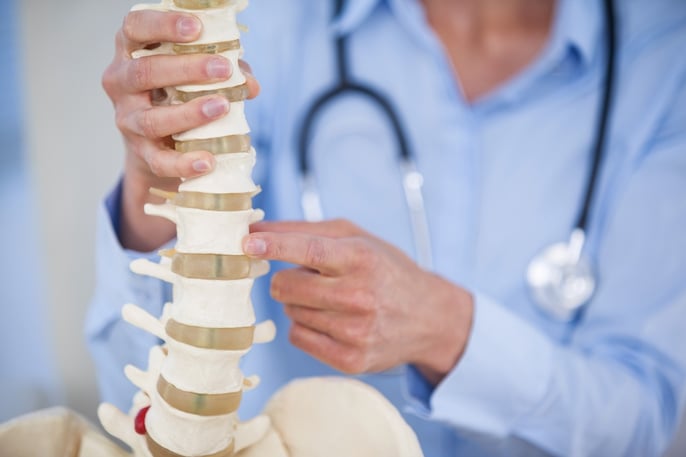
Migraine headaches can greatly affect your quality of life, and finding a cure is often a long and difficult journey. There are as many different types of treatment for migraine as there are types of migraine itself.
Treatment Choices for Migraines
The treatment choices open to patients depend on individual circumstances, pain levels and triggers. If you’ve been having migraine headaches for some time, you’ll already be aware of the complexities involved with getting adequate treatment. If you’re newly diagnosed with migraine, however, it’s possible you’ll feel overwhelmed and uncertain which way to turn next.
Many migraine patients are reluctant to take medication, for various reasons. Complementary therapies such as acupuncture, aromatherapy and biofeedback are popular methods of treating symptoms, and physical therapy is another alternative option you could consider trying.
Physical therapy for migraine can help in more ways than one. While it’s not the answer for every patient, many find relief in regularly performing some kind of physical therapy since it can aid posture and movement as well as helping with relaxation.
How Physical Therapy Might Help Migraines
Migraine pain may be caused by a disorder of the central nervous system, meaning it involves the brain and the spinal cord, nerves and blood vessels. These disorders come together and produce the neurologic symptoms that are familiar in the migraine condition.
Traditional medications usually work to address the dysfunction in the central nervous system, and this is where physical therapies differ. Physical therapies concentrate on the peripheral systems, working on the joints and muscles surrounding the affected parts of the body.
How effective physical therapy is in treating or preventing migraine depends to a degree on how closely your migraine is associated with problems in the muscles and joints. The main goal of this type of treatment is to restore or improve your ability to function independently, and to decrease the impact your condition has on your life.
Types of Physical Therapy
There are two main types of physical therapy that are of benefit to migraine sufferers:
Active Therapy
This involves physical movement of various kinds. These might include exercises designed to improve the range of movement in certain joints or muscle groups, stretching exercises to improve flexibility, or doing some low-impact aerobics training.
Passive Therapy
These types of treatment include using hot or cold packs or compresses, massage, or using TENS (transcutaneous electrical nerve stimulation) units. Passive therapies target areas of the body with external stimulus that normally don’t require any physical effort from the patient.
If your migraine involves pain in the neck and jaw, physical therapy may be particularly help. Some musculoskeletal problems refer pain up into the head and this can contribute to, or trigger, migraine episodes. By reducing or easing the tension and stress in the neck and jaw, headache pain may be reduced. In some patients, physical therapy of this kind can work to prevent future attacks.
Getting Physical Therapy for Migraines
Physical therapy can do wonderful things, but it can also do harm when exercises or routines are prescribed by someone who is not familiar with your particular condition. You should always ask your doctor for a referral for physical therapy, and find someone who is trained in the treatment of migraine patients.
- Initial Assessment: Before any course of treatment is planned out, you will have a thorough examination so the therapist can learn your medical history, what past accidents or injuries you have sustained (if any), and what is your current range of motion or movement. Your posture, balance and gait will all be assessed.
- Therapy Recommendations: Following the assessment, you’ll be given a set of exercises or passive therapies to carry out on a regular basis. You should try to make these a part of your daily routine. Ideally, you will run through the exercises with the therapist so they can make sure you do them properly (without risking harming yourself) and have no questions.
- Ongoing Care: Follow up appointments with the specialist will analyze your progress and, when you are ready, you may be given additional exercises or be asked to make some modifications to the way you’re performing your existing plan. If there is little or no improvement in your migraine, the therapist may suggest alternative forms of treatment you could try.
Not an Answer for Everyone
Physical therapy for migraine is not successful for everyone who sufferers with this debilitating condition. Patients who have the most success are those whose migraine is triggered or made worse by muscle or joint conditions. In the seemingly never-ending battle to find an individual coping strategy, however, it’s worth investigating this form of alternative migraine treatment. Even if it’s not a complete cure for you, it may well work alongside other traditional medications to bring your migraine under better control.


